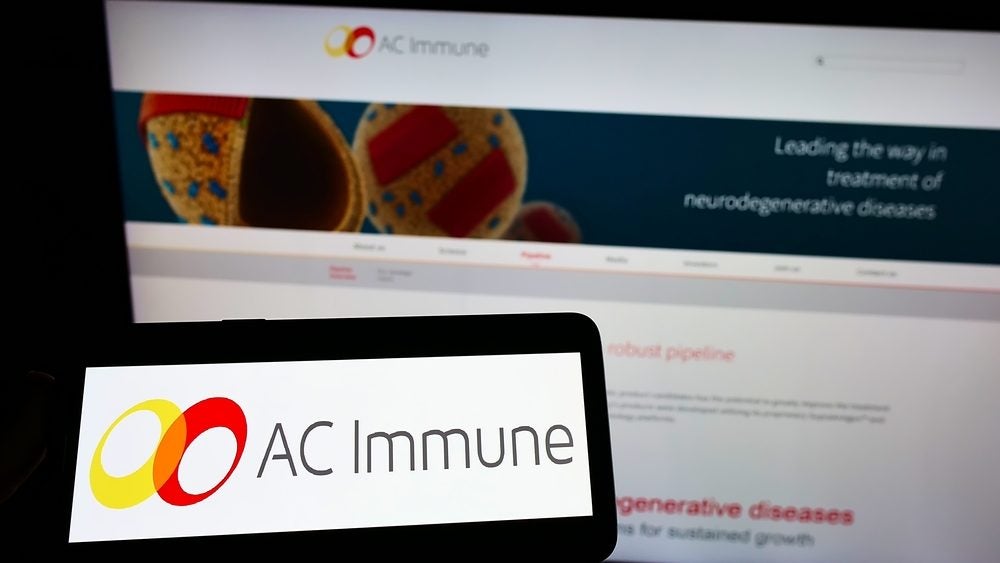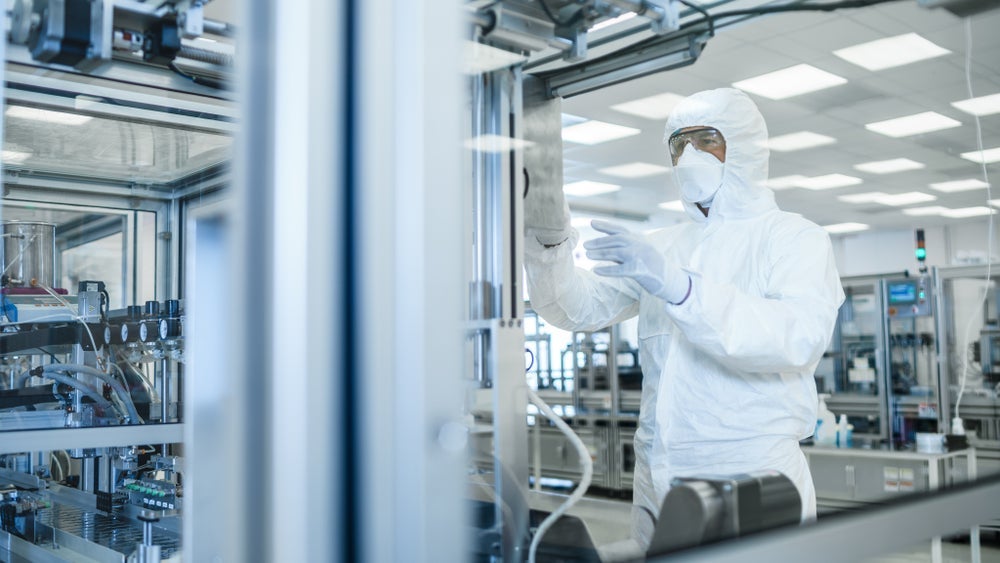AstraZeneca opened a manufacturing plant at their Bristol site in May 2003. The plant required a total investment of $145m (£90m) over a period of four years. The facility was commissioned to produce the active pharmaceutical ingredient (API) rosuvastatin calcium for the worldwide supply of the once-a-day dyslipidaemia treatment Crestor.
The plant at Bristol actually consists of two manufacturing plants: the smaller scale facility, a technology transfer plant, has been open for several years during the launch and clinical development of Crestor. The larger scale facility was brought on-line to support the full scale production of Crestor.
The plant is also the key producer of API for quetiapine (seroquel) used for schizophrenia and bipolar disorder treatment. It employs about 300 people. An API recovery process system and a CHP plant for electricity generation have been added to the plant in an expansion.
Rosuvastatin calcium facilities
The production plants at Bristol have custom-built facilities for synthesis, purification, drying, milling and storage of rosuvastatin calcium. In addition there are extensive warehousing facilities and laboratories for quality control and quality assurance. The purification plant was completed in February 1999 and cost £7.5m.
AstraZeneca has built a high containment facility to produce rosuvastatin and, to this end, has incorporated an innovative plant into the design. Much of the engineering, including pipe fitting and electrical fitting, were carried out by Armastoke engineering services.
Armastoke fitted and erected more than 14,000m of piping ranging from 0.5in to 16in diameter in carbon steel and stainless steel lined with Teflon. AstraZeneca also made use of their own in-house engineering teams to design and construct parts of the plant.
Reduction of occupational exposure levels using hypergienic rotary valve
The production plant was based upon fully-enclosed processing mills with rotary valves on either side to control pneumatic feed into the system. The design was put forward to minimise occupational exposure levels to drug material – levels between 0.01g/m³ and 0.001g/m³.
One of the problems faced was the enclosure of the rotary valves on the processing mills. These require high maintenance and are a significant source of exposure.
Total enclosure inside glove boxes would allow zero exposure during maintenance. A new design of high precision valve was required to fit the specification and purpose. A collaboration between RotaVal and Hosokawa Micron allowed the construction of a ‘Hypergienic’ rotary valve that would fit into a glove box and allow ease of disassembly and reassembly during CIP procedures.
The valve casting was particularly important as its working surface could not have any imperfections or inclusions if it were to pass FDA validation requirements.
Waterwater treatment for environmentally friendly plant
AstraZeneca has installed an effluent treatment plant to handle wastewater from the two manufacturing plants at the Avlon site in Avonmouth, Bristol. The design contract was awarded to PURAC, a specialist process engineering contractor in this field.
Concerns were raised over the likely future consent levels of waste products in effluents imposed by the Environment Agency and also the volumes of effluent which could be treated if the plant were to undergo further expansion.
The plant treats 3,000m³ of wastewater a day from manufacturing processes. The design is flexible, so has allowed for an increase in future treatment load. The design has incorporated flow balancing and a twin stream biological treatment process, the latter of which consists of successive fungal and bacterial stages.
The biological treatments use Natrix suspended carriers in a mixed bed bio-film reactor process. Bio-solids from this process are flocculated and removed by dissolved air flotation.
The installation of this treatment plant is part of a plan formulated by the Environment Agency to improve water quality in the Severn Estuary.
Process analysis and control
AstraZeneca commissioned Lanner Group based in Worcestershire to undertake a detailed analysis of the process at the facility in Bristol.
The Lanner consultants used their WITNESS simulation software to provide a working model of the plant before production started. A modular approach to the plant was adopted and the team went on to develop a ‘process board’ to give an instant indication of plant status.
In addition, the implementation of a two footprint Kanban scheduling system controls the movement of material batches between the production plant and the warehouse area and effectively controls the inventory of rosuvastatin.
This led to an increase in production capacity of 10% and more efficient use of resources. Nitrogen is self-generated at the site by a 1200Nm3/h Air Products PRISM High Purity Nitrogen (HPN) generation system. Nitrogen is used for cryogenic condensation and process vessels inertion.












